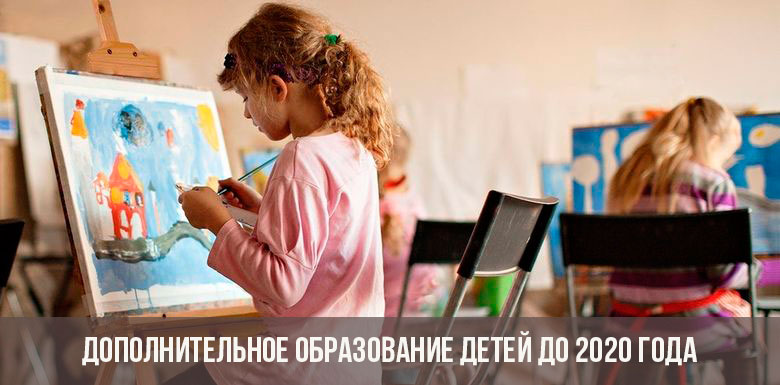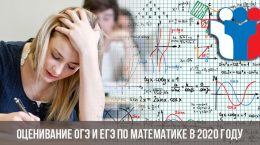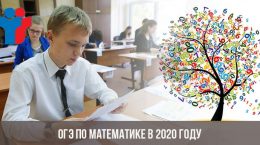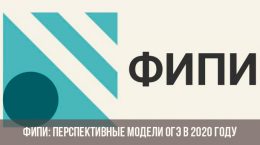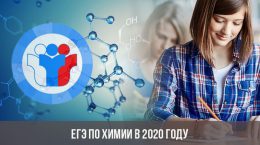Content [Hide]
The need to modernize additional education (DO) has long been ripe, it is planned to be implemented until 2020 - in accordance with the Concept approved by government decree No. 1726-r of 04.09.2014.
What is continuing education?
Additional education refers to excess programs that are not included in the list of compulsory studies, according to federal and regional standards.
In the field of DO, there are enough problems:
- There is no effective monitoring to evaluate the quality of the program and student knowledge.
- The training base and infrastructure are outdated.
- Parents, teachers, and children lack motivation.
The above list is not complete. The development concept mentioned above is designed to update existing continuing education and increase its competitiveness.
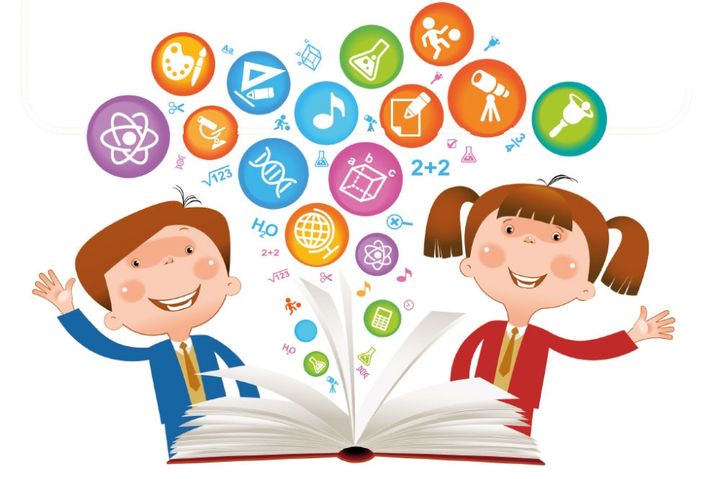
Mission
The document focuses on the mission, goals and objectives, the implementation of which will allow to radically shift the emphasis in the existing educational system. This is necessary, since the task of massively providing compulsory education and making secondary specialized and higher education more accessible has been solved.
The values and needs of modern society are changing - the mission of continuing education is changing. The concept sees her:
- In creating the conditions for the personal development of children, providing them with opportunities for self-expression.
- Motivations of the younger generation for creative, scientific, sports, labor development.
- Implementation of variability in training programs, their personalization.
This means that in 2020, the attractiveness of the DO system will increase significantly, because it will be based on the “education for man” model. The value of this model is in personalization and free choice of training programs, increasing motivational potential, openness.
Tasks
The existing DO system is a kind of “social elevator” for the child. In educational institutions, preschoolers and schoolchildren receive basic training in the amount necessary for normal development. Mandatory training is the right of all children, regardless of the social status, health and financial situation of the family in which they are raised.
The guideline is not a personalized approach, but a subject study aimed at the result. The implementation of the Concept of Continuing Education for Children until 2020 will allow us to solve this and other equally important tasks:
- It will create favorable conditions for children's and teenage initiatives, their successful implementation.
- Provides access to modern technology and global knowledge.
- It is modernizing the infrastructure of further education through state support and increasing investment attractiveness.
- Promotes the involvement and participation of families in continuing education programs.
- Introduce effective tools for assessing child and adolescent results.
- Allows you to update the content of curricula so that they coincide with the interests of a particular child, consistent with the values and needs of society.
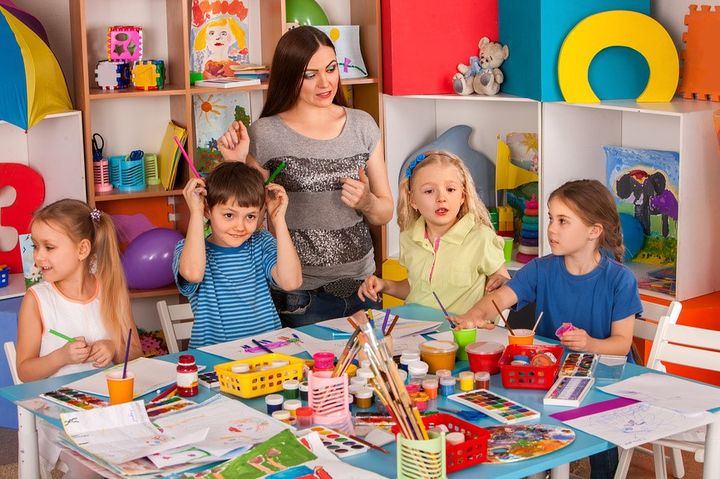
Implementation stages
Implementation takes place in 2 stages.
On 1st stage, designed for the period from 2014 to 2017, specialists from relevant departments have developed specific activities related to financing, management, public awareness, and program modernization. They formed the basis of the implementation plan (approved by decree No. 729-r of 04.24.2015).
2nd stage started in the current year and is designed for the period 2018-2020. It concerns the practical implementation of measures and programs for the development of continuing education institutions included in the plan. Under close attention - pilot projects and results.
We invite you to familiarize yourself with full text of the concept of continuing education:
Main characteristics
The development strategy for continuing education until 2020 covers a wide range of issues aimed at improving the status and authority of further education. The main aspects of the strategy relate to:
- personal development potential;
- competitive advantages over other educational forms;
- uniqueization of pre-release programs.
Personal development potential
This is a fundamentally new approach to the educational process as a whole and to the child as an individual. It is achieved through an integrated approach, including:
- Voluntary choice by students of the curriculum, the intensity of its study, teacher.
- Opportunities to experiment with the content of DO programs, their presentation forms, evaluation of the final results.
- Introduction to the educational process of social interaction and practice. This can be volunteering and any other social practice.
- The close relationship of the educational process and life. Today, some components of the educational process are a theory divorced from reality.
- Association of students of different ages in groups. This will become a new social and cultural experience, improve communication of different age groups.
- The right to own experience of children and adolescents, acquired by trial and error.
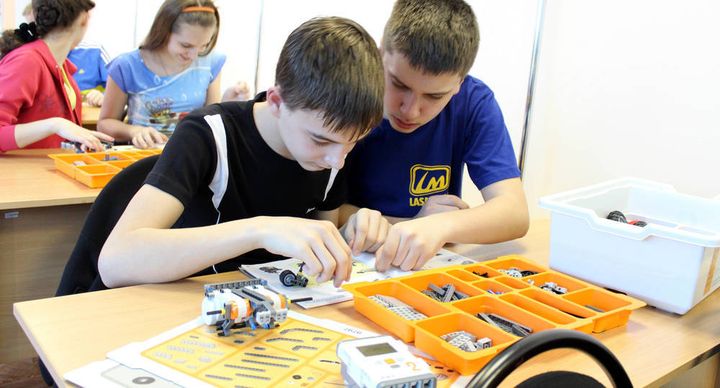
Competitive advantages
Conceptual DL has a competitive advantage over the existing formal approach to educational programs. Among the main advantages should be highlighted:
- Freedom of choice.
- His personality.
- Availability of information of interest to everyone.
- Global knowledge in the selected industry.
- Rapid adaptation of programs to changes in the world and society. It is achieved due to the variability of their content.
- Personalization of training.
The authors of the Concept paid much attention to personalization of programs, to the personal rights of the child. Without this, it will not be possible to create optimal conditions for socialization and adaptation of the younger generation, to satisfy their intellectual and aesthetic interests.
Education Development Strategy from 2020 to 2025: video
Read also:

